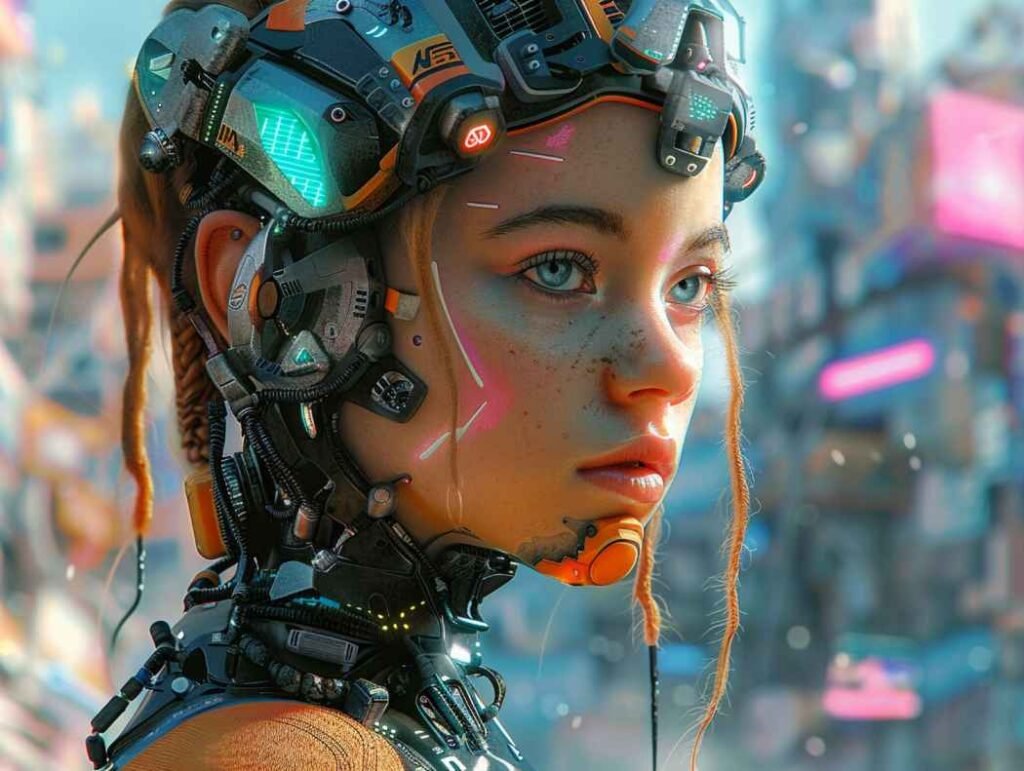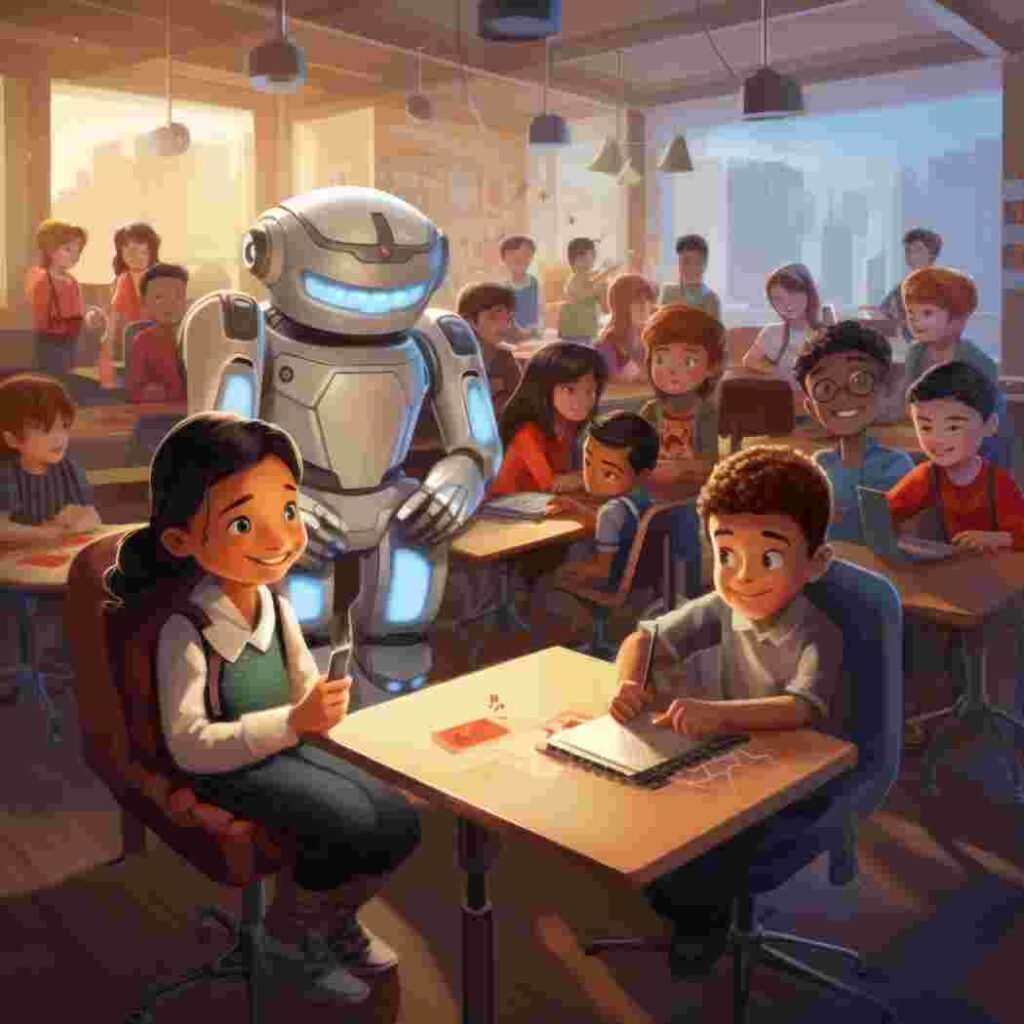Introduction
Artificial Intelligence (AI) is redefining the boundaries of art, ushering in a new era of creativity. This intersection of AI and art represents a paradigm shift, blending technology with human imagination in unprecedented ways.
The Evolution of AI in Art
Early Experiments with AI and Creativity
The journey of AI in art began with early experiments where artists used algorithms and computational processes to create new forms of expression.
Breakthroughs in AI-Driven Art
Recent breakthroughs in AI technology have led to more sophisticated forms of AI-driven art, challenging traditional notions of creativity and authorship.
Understanding AI-Generated Art
How AI Creates Art
AI generates art by processing data and algorithms to create visual, auditory, or textual artworks, often with minimal human intervention.
Tools and Technologies Behind AI Art
Technologies like neural networks, machine learning, and generative adversarial networks (GANs) are at the forefront of AI-generated art.
The Role of AI in Enhancing Human Creativity
Collaboration Between Artists and AI
Artists are collaborating with AI, using it as a tool to extend their creative capabilities and explore new artistic frontiers.
Expanding Creative Boundaries with AI
AI is expanding the boundaries of what is possible in art, enabling artists to experiment with novel techniques and conceptual frameworks.
AI in Visual Arts
Digital Painting and Sculpture
AI is being used to create digital paintings and sculptures, offering new dimensions and perspectives in visual arts.
Interactive and Generative Art Installations
AI-powered interactive and generative art installations engage audiences in unique ways, creating immersive and dynamic experiences.
AI in Music Composition and Performance
Composing Music with AI
AI algorithms can compose music, generating original pieces or collaborating with human musicians to create hybrid compositions.
AI in Live Music Performances
AI is being integrated into live music performances, enhancing the experience with elements of improvisation and real-time interaction.
AI in Literature and Writing
AI-Powered Storytelling
In literature, AI is used for storytelling, generating narratives and even entire scripts, pushing the boundaries of traditional writing.
AI as a Tool for Writers
Writers are using AI as a creative tool, from generating ideas to assisting with language and style.
Ethical and Philosophical Considerations
Authorship and Originality in AI Art
The authorship and originality of AI-generated art raise philosophical questions about the nature of creativity and the role of the artist.
Ethical Implications of AI in Creative Fields
The use of AI in art raises ethical considerations, including the potential impact on artistic jobs and the cultural significance of art.
The Reception of AI Art in Society
Public Perception and Criticism
AI art has received mixed reactions, with some embracing it as a new form of expression and others questioning its artistic value.
AI Art in the Art Market
The introduction of AI art in the art market challenges traditional valuation methods and raises questions about its commercial viability.
The Future of AI in Artistic Creation
Emerging Trends and Future Possibilities
Emerging trends in AI art hint at a future where AI could play a significant role in various artistic disciplines, from interactive media to immersive experiences.
Preparing for a New Era in Art
The art world is preparing for a new era of AI-driven creativity, exploring how technology can coexist with traditional art forms.
Educational Implications and Opportunities
AI in Art Education
Educational institutions are beginning to incorporate AI into art education, teaching students how to use AI as a creative tool.
Fostering Creativity through AI
AI offers opportunities to foster creativity, providing new ways for individuals to express themselves and explore artistic potentials.
Conclusion
The intersection of AI and art is not just a technological marvel but a testament to the boundless nature of human creativity. As we embrace this new creative paradigm, the possibilities for what art can be and become are endless. Play sprunki phase 28 Anytime, Anywhere!
FAQs
- Can AI create art without human input?
- While AI can generate art autonomously, the most compelling AI art often involves collaboration or direction from human artists.
- Is AI-generated art considered ‘real’ art?
- The definition of ‘real’ art is subjective. AI-generated art is increasingly accepted and valued for its unique contribution to the art world.
- How does AI influence the creative process of artists?
- AI offers artists new tools and methodologies, influencing their creative process by opening up unexplored avenues of artistic expression.
- What are the challenges of integrating AI in traditional art forms?
- Challenges include ensuring a harmonious integration of technology with traditional techniques and preserving the emotional depth and authenticity of art.
- Will AI replace human artists?
- AI is unlikely to replace human artists; instead, it serves as a complementary tool that enhances and diversifies artistic expression.



